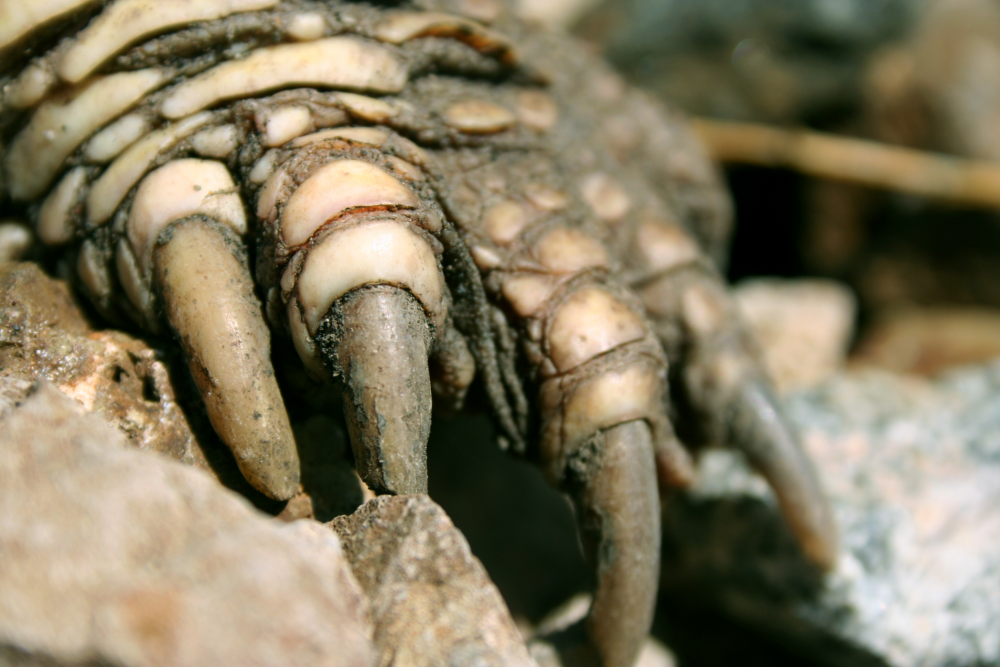In the late 1940s, Indiana residents were gripped by rumors of a “500-pound turtle” allegedly spotted by two men as they were fishing in a lake. Curiously, it wasn’t the first time the giant turtle had been seen, with a previous sighting having been reported at the same lake. So, what on Earth were all these people seeing?
The otherworldly turtle was estimated to weigh around 226.8 kilograms (500 pounds) and have a shell the size of a dinner table, according to Smithsonian Magazine. It muscled its way into the news cycle under the catchy nickname “the Beast of Busco”, attracting flocks of visitors hoping to catch a glimpse of the absolute unit.
The legend hails from Churubusco, Whitley County, Indiana known to some as Turtle Town. According to the Indiana Magazine of History, the nickname originally stems from ‘Little Turtle,’ the name of a sagamore (chief) of the Miami tribe, but it’s later become associated with the giant turtle sighting at Fulk Lake.
The giant turtle became quite the celebrity in the area, becoming Indiana’s answer to the Loch Ness Monster. The Beast of Busco also went by a second, rather less grand name: Oscar.
At IFLScience, we really love science, but we bloody love cryptozoology too. It’s a fantastic field of pseudoscience that allows us to debate the existence of bizarre beasts that are quite literally too good to be true.
Among the most famous is the Loch Ness Monster, a slithery beast whose appearance in a few grainy photos over the years has raised eyebrows, and which has now gotten its own paper to explore the “eel hypothesis”. Then there’s good old Bigfoot who, as it turns out, could well be black bears. And who could forget Mokele-Mbembe, the “living dinosaurs” people used to think lived in the Congo, but could well have been a case of mistaken identity with elephants or hippos.

With a strong bite and large claws, it’s not a creature you want to mess with.
Image credit: Noel Powell / Shutterstock.com
In the case of the Beast of Busco, it’s possible that another real animal could be behind the otherworldly sighting. The largest species of freshwater turtle in North America is the alligator snapping turtle, Macrochelys temminckii, and these things are pretty mythically huge as it is.
With males weighing around 99.8 kilograms (220 pounds) at 0.66 meters (26 inches) long, they’re about half the weight and dinner-table-scale of that reported back in the 40s, but they remain one of the biggest freshwater turtles in the world. Their historic range includes Indiana, though such a sighting would be considered “extremely rare” today.
So, was the Beast of Busco just a hefty alligator snapping turtle, or is one of Monarch’s titans lying in wait at the bottom of Fulk Lake? We know which version we prefer.
Source Link: The Beast Of Busco: The Mystery Of Indiana's 500-Pound Turtle Sightings